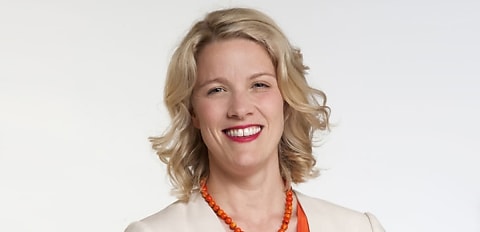In a joint release from the Minister for Housing and Homelessness Clare O’Neil and Minister for Industry and Science Ed Husic, the federal government announced this past Saturday (22 March) that the Help to Buy scheme will see increased income caps from $90,000 to $100,000 for single applicants and $120,000 to $160,000 for joint applicants or single parents.
Additionally, the government confirmed that property price caps will also be lifted and tied to the average house prices across the states and territories (not dwelling prices).
In order to support the expansion, the Albanese government will be allocating a further $800 million to the Help to Buy program, increasing its equity investment from $5.5 billion to $6.3 billion.
According to the ministers, the Help to Buy scheme reportedly “takes years off” the time it takes to save for a house deposit and saves first home buyers approximately $900 a month when buying an existing home and $1,200 a month when buying a new home on an average rate with a $519,000 home.
The new price caps by region are:
• NSW (capital city and regional centre) – $1,300,000.
• NSW (other) – $800,000.
• Victoria (capital city and regional centre) – $950,000.
• Victoria (other) – $650,000.
• Queensland (capital city and regional centre) – $1,000,000.
• Queensland (other) – $700,000.
• Western Australia (capital city) – $850,000.
• Western Australia (other) – $600,000.
• South Australia (capital city) – $900,000.
• South Australia (other) – $500,000.
• Tasmania (capital city) – $700,000.
• Tasmania (other) – $550,000.
• the ACT – $1,000,000.
• the Northern Territory – $600,000.
• Jervis Bay Territory and Norfolk Island – $550,000.
• Christmas Island and Cocos (Keeling) Islands – $400,000.
Commenting on the expansion, Minister O’Neil said that the federal government is “tackling the housing crisis head-on”.
“This budget lifts our commitments in housing to $33 billion, and there’s more to come,” Minister O’Neil said.
“We’ve got a big goal to build 1.2 million new homes in 5 years and to reach that we need to build homes in new ways – using methods like prefab we can build homes up to 50 per cent faster.”
Property organisations welcome broader reforms
In addition to the higher caps, the Albanese government is set to boost its $49.3 million investment to help states and territories “supercharge” prefab and modular home construction by $4.7 million for a total investment of $54 million.
The investment aims to develop a voluntary national certification process for off-site construction in order to streamline approvals and simultaneously ensure that “high-quality standards are met”.
Furthermore, the boost will support the federal government’s progress towards its 1.2 million homes target by 2029, a goal that has seen several projections of shortfalls in recent months due to low dwelling approval rates.
Minister Husic said: “We’re backing Aussie manufacturers to build more quality houses, faster with this investment.
“Making a house in a factory instead of onsite can cut construction time in half.
“For the first time, manufacturers and home-owners will have a national certification process to cut the red tape that has been holding back use of these techniques.”
Managing director of the Housing Industry Association (HIA), Jocelyn Martin, said the HIA welcomes the new housing initiatives put forward as part of the federal budget, however, urged the government to “stay focused on deeper reforms to deliver lasting supply improvements”.
“These initiatives reflect a positive shift in recognising the need for innovation and affordability in the residential building sector,” Martin said.
“The $54 million commitment to boost Australia’s capacity in prefabricated and modular housing is a welcome investment in modern construction methods that can support greater innovation across the sector and fast track some housing forms.
“The development of a voluntary national certification scheme is something that was a primary recommendation from our report to remove roadblocks to streamline approvals and provide regulatory certainty to support innovation in the sector.”
As low productivity and high construction costs continue to hinder the building industry, modular and prefab housing “can play a role in creating more affordable housing supply,” the CEO of the Property Council of Australia (PCA), Mike Zorbas, said.
“Alongside planning reform and more skilled workers, boosting prefabricated and modular home construction hits the innovation sweet spot,” Zorbas said.
“Now is the time to back in housing innovation. It is less than a month since the Productivity Commission showed we build half as many homes per hour as we did in 1995.
“Prefabricated and modular homes can be built to consistently high standards, faster and with strong sustainability and safety credentials.”
[RELATED: Housing supply boost puts government one step closer to achieving targets]

